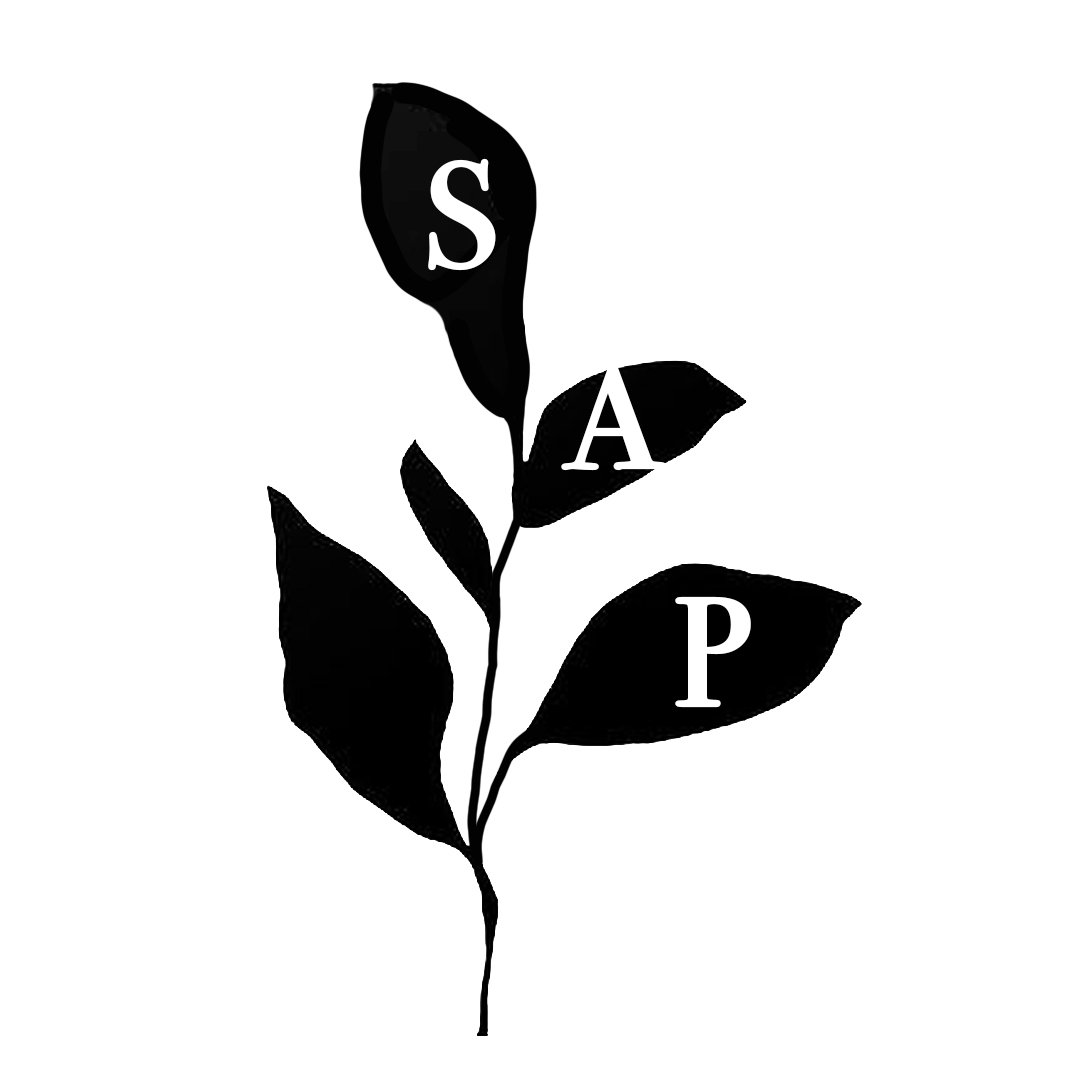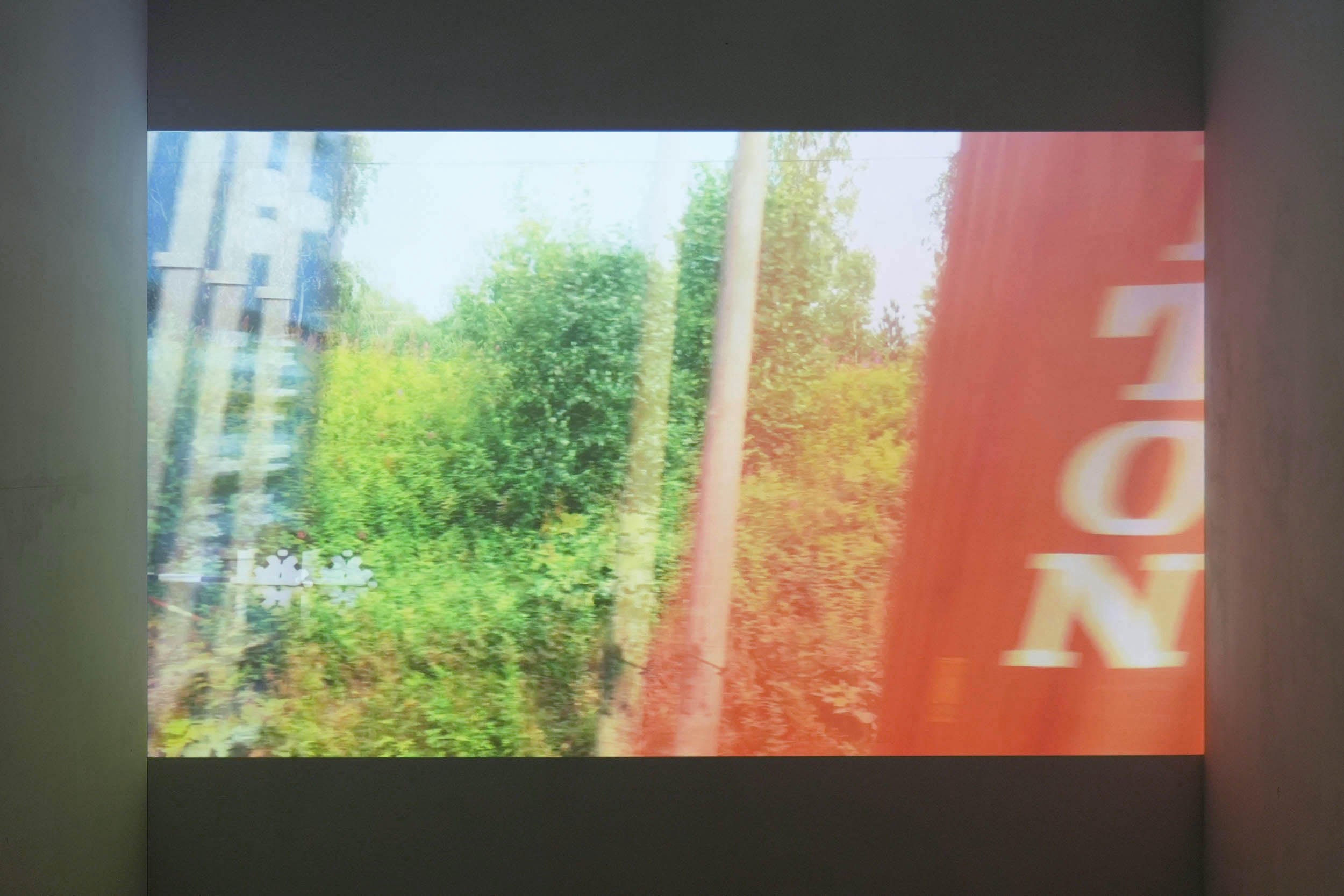Before, During, After
26.04.2023 — 14.05.2023
A two-person exhibition featuring works by Sebastian Acker & Nina Maria Küchler
Opening on Wednesday, the 26th of April, from 18:00 to 21:00
The show is open to the public every Saturday and Sunday during the period of the exhibition from 14.00 to 18.00 or by appointment
The term “after nature” has been used with ever more frequency to describe the destruction of extracted landscapes and the loss of ecological diversity in the Anthropocene. It also suggests a dire impossibility to undo the cumulative actions of the past. Yet to position nature as something stationary, as if it can be neatly book-ended by a before and an after is not just polemical, but a kind of wistful riddle, for nature has always been our most trusted timekeeper. If the rhythmic cycles of the natural world are no longer reliable, and belong to a what-once-was, how then are we to count the passage of our days?
SAP Space’s first exhibitions of 2023, Before, During, After, is a contemplation on time, nature, and rhythms. It brings together two Berlin-based artists — Sebastian Acker and Nina Maria Küchler, whose works are, in their own ways, documentations of timekeeping — revealing moments in which nature oscillates between foreground and background, past and future.
Acker’s video work Can’t See the Wood for the Trees (2022) was filmed while he rode the Trans-Siberian Railway. The very nature of train travel lends itself to reflections on time — a tangible, embodied movement from point A to B not afforded by air travel. As the flashes of forest and trees are rhythmically chopped up by freight trains that transport raw materials hurtling across a vast landscape, the video is also a timeline measuring the history of extraction.
Nina Maria Küchler’s installation examines the history of Modernist architecture and its strategies to incorporate nature, via the garden, into usable spaces. Much of the ethos behind Modernist architectural schemes was to design vertical lines, between which sit open green spaces. Both Küchler and Acker capture a nature that is abstracted, compartmentalized, and perceivable in the seeming negative spaces, but come to the forefront in geometric lines and shapes.
Küchler is interested in Le Corbusier’s exclusion of edible plants in his garden designs, which suggests that plantlife, according to the architect, ought to be regarded as artifact and not utility. At SAP Space, she brings a “useful” plant specimen back into the architectural space, ironically in the form of a large stainless steel hanging object, whose material is the antipode to that of a plant. This stark contrast in material is echoed in Acker’s video, as scenes of Russia’s vast boreal forest flash alongside the corrugated metal of freight trains.
The ideas brought about by the term “after nature” try to undo long-held dichotomies of nature and culture, making clear that an untouched nature is, and has always been, a fiction. Nature has never existed outside of history.
— Text by Ilyn Wong
Images by Sebastian Acker & Nina Marie Küchler





